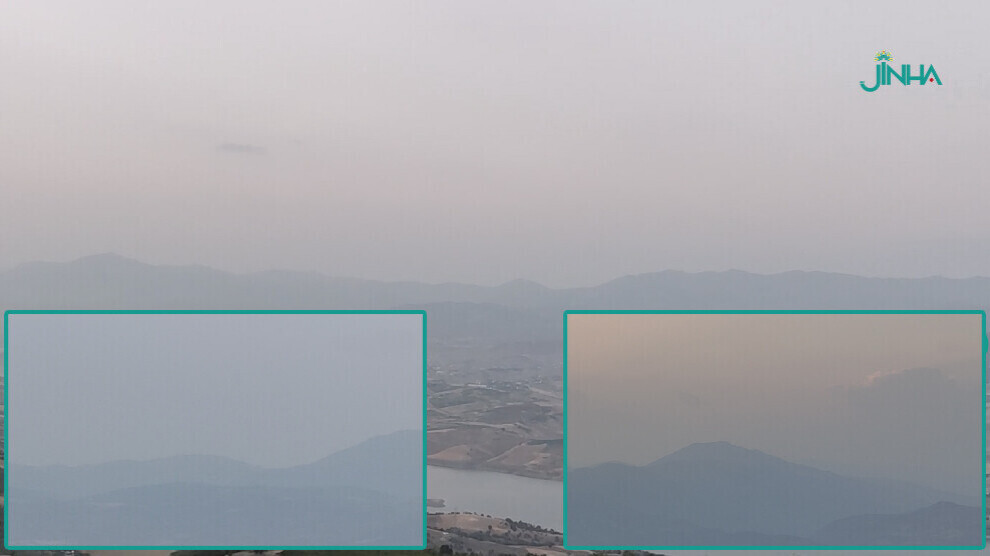Air pollution threatens public health in Iran
Air pollution in Iran is approximately 6.5 times higher than PM2.5 Threatening public health, the air pollution increases the risk of heart and circulatory diseases.

ROJIN QADRI
Urmia- About 40,000 people nationwide die each year due to health problems linked to air pollution. 4,000 and 5,0000 people die each year in the city of Tehran, according to the Air Pollution Research Center at the Tehran University of Medical Sciences.
The 2022 Iran Air Quality Index (AQI) was 94 moderate levels, 6.5 times higher than PM2.5, defined by the World Health Organization as fine particulate matter. Iran ranked 27th among 98 world's most polluted countries in 2019. In some big cities of Iran such as Hendijan air pollution levels are quite high and “unhealthy for sensitive groups”.
80% of all pollution stems from vehicular emission
Hendijan came in first place out of the most polluted cities in Iran in 2019, having a yearly average of 38.2 μg/m³. This situation poses a risk for children, pregnant women, the elderly and people having weakened immune systems. In the capital city Tehran, approximately 80% of all pollution stems from vehicular emission. Other sources of pollution include factory emissions, as well as the improper disposal of garbage or refuse material. NuJINHA spoke to S.M., a doctor and environmental expert in Urmia, about air pollution in Iran.
“Everyone is at risk from the health impacts of outdoor particle pollution. Long-term chronic exposures to fine particles can increase the risk of strokes, coronary heart disease and cause premature deaths by entering the blood circulation through the respiratory tract and quickly activate the pulmonary and systemic inflammatory responses. Exposure to PM2.5 can also increase blood pressure, thrombosis, and insulin resistance,” said S.M.
‘Iran must reduce air pollution levels’
Speaking about the recent studies on long-term exposure to air pollution, S.M. said, “It can increase the risk of stroke. These studies have demonstrated a strong association between air pollution and cardiovascular diseases including stroke and said that countries can reduce the burden of disease from stroke, heart disease, lung cancer, and both chronic and acute respiratory diseases by reducing air pollution levels. Iran must reduce air pollution levels to protect people from these diseases.”
S.M. thinks that the use of low-quality gasoline and the presence of old and highly polluting vehicles on the roads also increase air pollution in Iran. “Vehicle emissions are a significant source of fine particulate matter and nitrogen oxides that are major causes of urban air pollution. Air pollution threatens public health. Reducing air pollution levels requires strong policies, promoting low-emission vehicles and improving environmental standards.”
